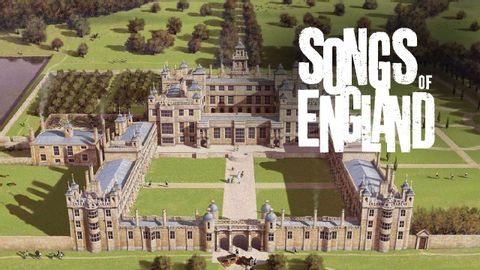
Subtitles & vocabulary
The Old Garden Gate | Songs of England #4 | Audley End House and Gardens, Essex
00
Summer posted on 2021/02/19Save
Video vocabulary
extraordinary
US /ɪkˈstrɔ:rdəneri/
・
UK /ɪkˈstrɔ:dnri/
- Adjective
- Beyond what is ordinary; very unusual; remarkable
- Additional to or different from what is usual or regular.
B1TOEIC
More material
US /məˈtɪriəl/
・
UK /məˈtɪəriəl/
- Noun (Countable/Uncountable)
- Cloth; fabric
- Supplies or data needed to do a certain thing
- Adjective
- Relevant; (of evidence) important or significant
- Belonging to the world of physical things
A2
More evidence
US /ˈɛvɪdəns/
・
UK /'evɪdəns/
- Uncountable Noun
- Factual proof that helps to establish the truth
- Information presented in court to prove or disprove alleged facts.
- Transitive Verb
- To indicate clearly; to be evidence of.
- To show clearly; prove.
A1TOEIC
More scale
US /skel/
・
UK /skeɪl/
- Noun (Countable/Uncountable)
- Size, level, or amount when compared
- Small hard plates that cover the body of fish
- Verb (Transitive/Intransitive)
- To change the size of but keep the proportions
- To climb something large (e.g. a mountain)
A2TOEIC
More Use Energy
Unlock All Vocabulary
Unlock pronunciation, explanations, and filters
